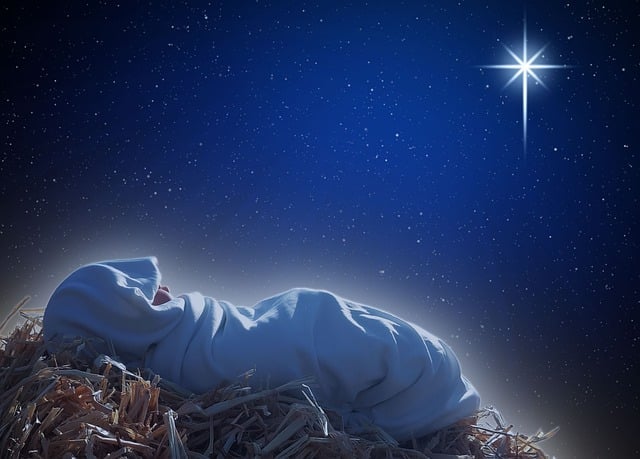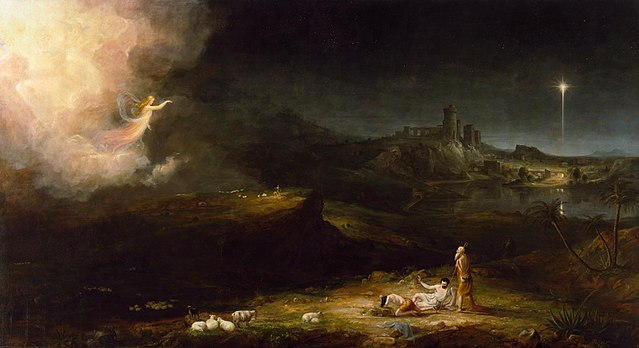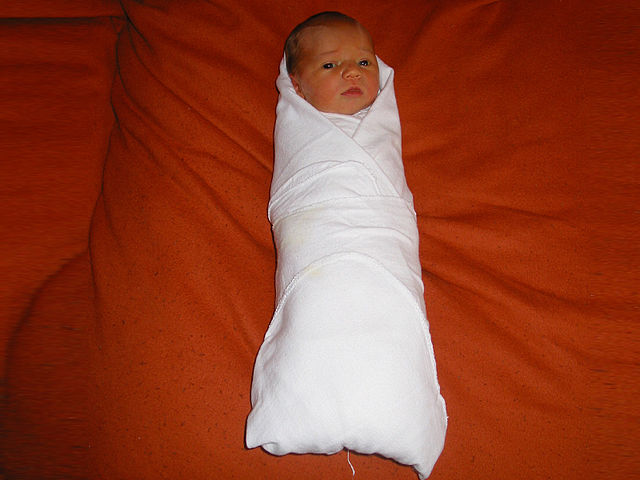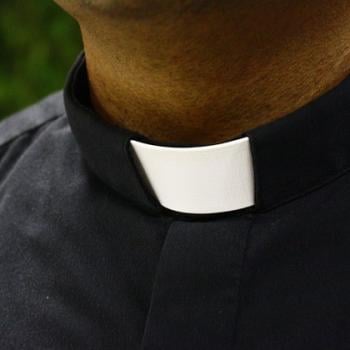
Wrapping Paper As A Christmas Cover
Christmas equates to ringing cash registers for retailers. The five biggest shopping days in 2024 were predicted to be Black Friday (the day after Thanksgiving), the second Saturday in December, the Saturday closest to Christmas, December 23, and the day after Christmas. Now known as Super Saturday, the Saturday closest to Christmas holds the distinction as the busiest shopping day of the year. In 2020, for example, consumers spent $36.1 billion on that day alone.
And what happens to all this merchandise bought as gifts on these big shopping days? It must be wrapped, of course. Annually, Americans spend $9.36 billion simply on gift wrap. According to estimates, to meet this demand the US produces about 4.6 million pounds of wrapping paper each year. Sadly, most wrapping paper isn’t recyclable since it contains glitter and metallic materials. As a result, about half of the wrapping paper produced, amounting to some 2.3 million pounds, ends up in a landfill.

Swaddling Clothes In The Christmas Story
The familiar account of the Christmas story in Luke mentions a specific cover associated with the baby born that day. According to Luke 2:7, when she gave birth, Mary wrapped her newborn in swaddling clothes and placed him in a manger because there was no room for them in the inn. Interestingly, Luke is the only gospel to mention the detail of the baby’s clothing.
And swaddling clothes came up again when the angel appeared to shepherds in the field. The heavenly being announced the baby’s birth to them. Further, the angel told the shepherds in Luke 2:12 that they could find the child wrapped in swaddling clothes and lying in a manger.

Swaddling Clothes Explained
In ancient Middle Eastern cultures, including the Jews, swaddling an infant was a standard practice of caring for babies. It involved wrapping a newborn tightly in soft cloths in the form of strips probably made from linen or wool. The snug wrapping helped to restrict movement and to provide security and comfort with the tight strips replicating the feeling of the womb. This covering extended down from the baby’s shoulders to his feet, with legs being extended and arms close to the body. Swaddling clothes remain in use today due to their effectiveness.

Significance Of Swaddling Clothes
Many scholars view the swaddling clothes covering Baby Jesus as a connection to and foreshadowing of His death and of his wrapping in burial cloths. John 19:39-40 describes Joseph of Arimathea and Nicodemus wrapping Jesus’ body in linen strips in preparation for burial.
The practice of swaddling also relates to Jesus as the sacrificial lamb. The Temple priests required unblemished lambs for sacrifice. Specially trained Levitical shepherds raised these lambs to ensure the absence of blemish. As part of the shepherds’ care of these lambs, they wrapped the newborn lambs in swaddling clothes, just like the practice for newborn babies, to protect them from harm.
Decision Between Wrapping Paper And Swaddling Clothes
Each individual must decide the point of his focus during Christmas. The choice lies between wrapping paper (things) and swaddling clothes (Jesus). Wrapping paper entices attention with its pretty colors and shiny elements. But even more dazzling to focus on is Jesus’ swaddling clothes in the manger. Wrapping paper is temporary—ripped off, thrown away, and destined for a landfill. Swaddling clothes, however, signify the eternal life available by Jesus’ birth at Christmas for the purpose of dying later to save all who accept Him. A Christmas cover has never been more important than that.














